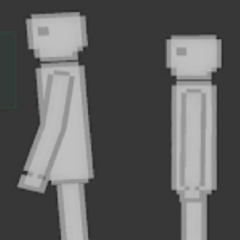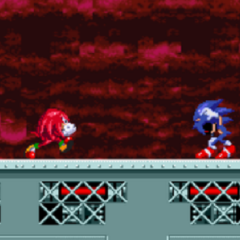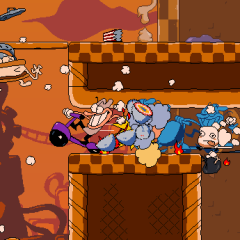The pressure of choice each round
Players alternate actions, deciding whether to take a pill, use a helpful item, or observe the opponent. The unpredictability of each pill means that even the most cautious strategy can unravel in a single move. Adding to the tension is the tolerance mechanic, which increases over time and influences how strongly pills affect your character. This system pushes players to constantly reassess risk and reward. Bluffing, timing, and reading the opponent’s condition become essential skills.
Game elements that shape each match
While the core gameplay revolves around pills, additional mechanics add variety and strategic options. Items can temporarily shield a player, reverse effects, or give a glimpse into what might happen next. Side Effects relies on minimalism in design to keep attention focused on decisions and outcomes rather than flashy visuals.
Key elements of Side Effects include:
- Randomized pill effects that cannot be predicted
- Tolerance buildup that changes the impact of future pills
- One-on-one match format with turn-based structure
- Strategic item use to manage risk or alter outcomes
- A clean, focused visual style to highlight gameplay
Early build, evolving design
Currently a prototype, Side Effects was created in a short development sprint, which means it comes with limitations—some missing sound design, possible AI issues, and a few bugs. Yet the foundation is strong. It offers a sharp concept that balances tension, strategy, and simplicity. Each playthrough can be different, depending on card draw, player actions, and pill sequences.
Side Effects is a compact experience that doesn’t try to overwhelm players with systems but instead builds pressure through uncertainty. It’s a psychological game wrapped in a minimalist design, where each click might tip the balance between survival and collapse. Whether players see it as a puzzle, a bluffing match, or a grim medical experiment, the game invites them to test how far they’ll go—and how long they’ll last.




























